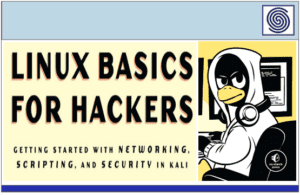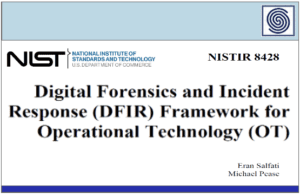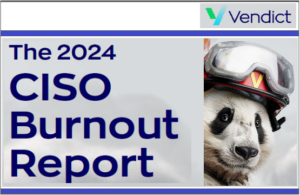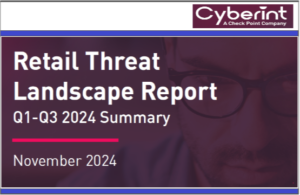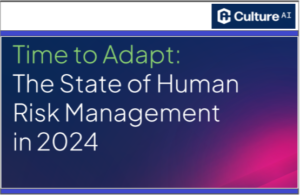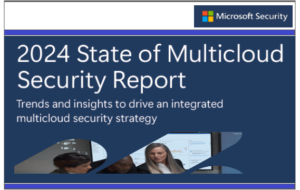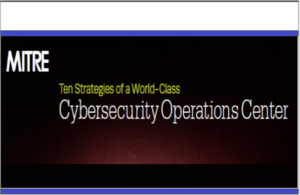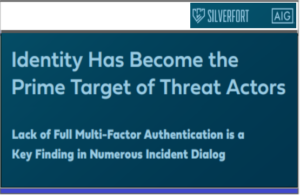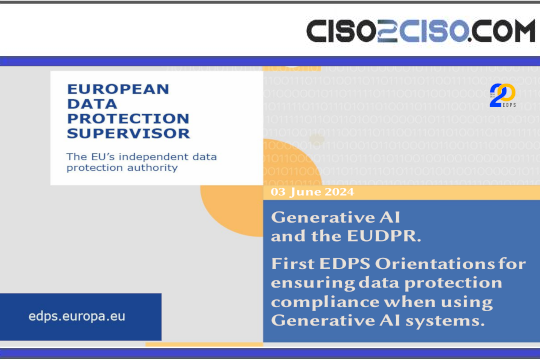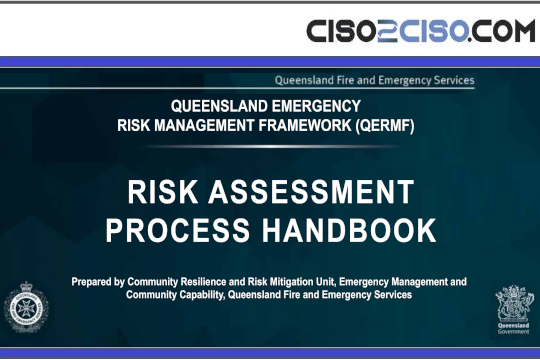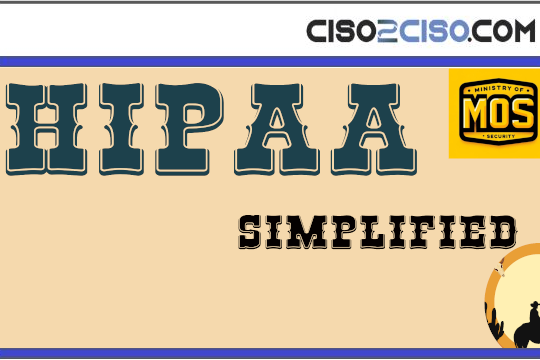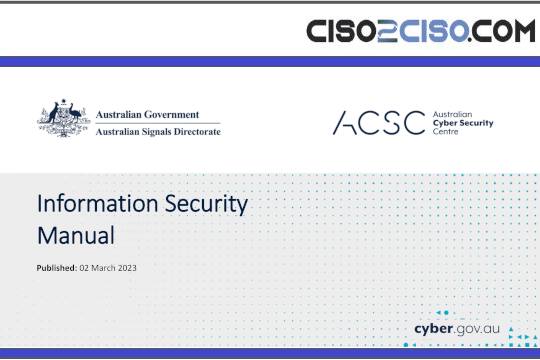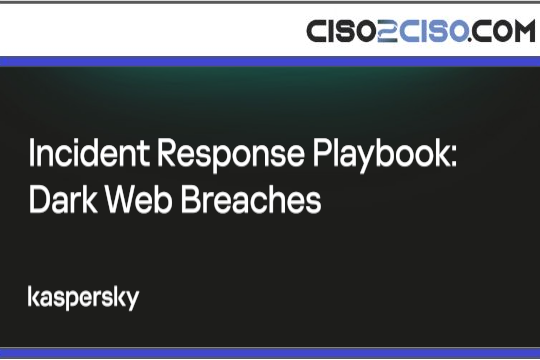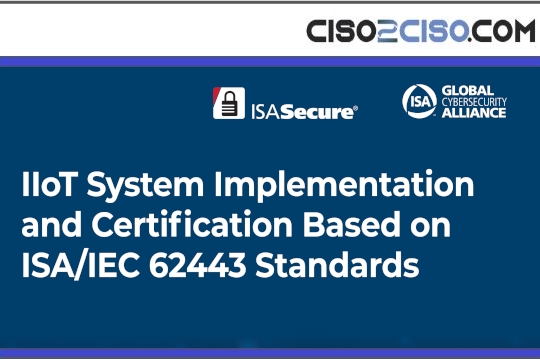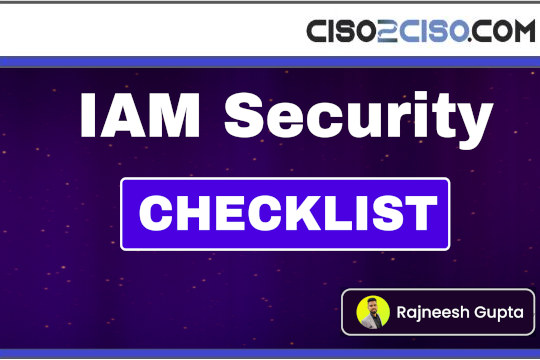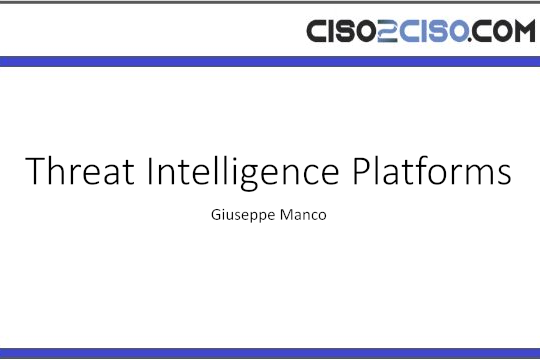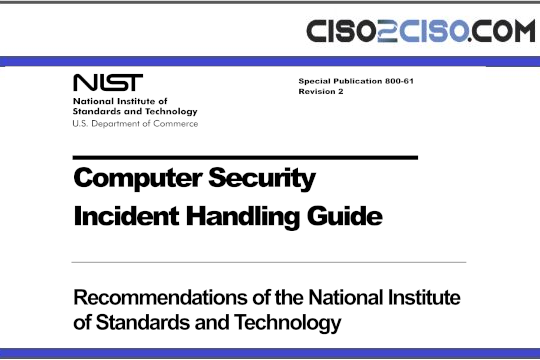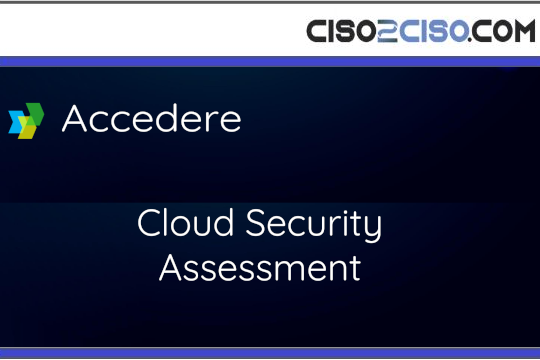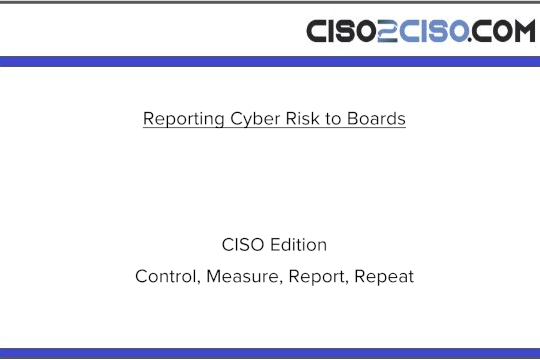Source: www.infosecurity-magazine.com – Author:
France’s national cybersecurity agency, ANSSI, has identified a new cyber intrusion campaign targeting French organizations in various sectors.
The campaign was detected in September 2024, but it could have dated back to 2023. Dubbed Houken, the intrusion set is moderately sophisticated and involves zero-day exploits, open-source tools of likely Chinese origin, a sophisticated rootkit and an attack infrastructure comprising commercial virtual private network (VPN) solutions and dedicated command-and-control (C2) servers.
In a report published by ANSSI’s Computer emergency response team (CERT-FR) on July 1, 2025, the agency assessed that the Houken intrusion set is operated by the same threat actor as the intrusion set previously described by Google Threat Intelligence Group (GTIG) as UNC5174, which is believed to be an initial access broker for the China’s Ministry of State Security (MSS).
In this newly identified campaign, ANSSI estimated that the threat actor likely uses Houken to gain initial access into a network in order to sell it to a state-linked actor seeking intelligence.
Read more: Chinese State Hackers Exploiting Newly Disclosed Ivanti Flaw
ANSSI’s Assessment of the Ivanti Exploits
At the beginning of September 2024, an attacker repeatedly exploited CVE-2024-8190, CVE-2024-8963 and CVE-2024-9380, three high to critical zero-day vulnerabilities affecting Ivanti Cloud Service Appliance (CSA), to remotely execute arbitrary code on vulnerable devices.
The actor chained the three exploits to obtain credentials through the execution of a base64 encoded Python script and ensured persistence by deploying or creating PHP webshells, modifying existing PHP scripts to add webshells capabilities and occasionally installing a kernel module which acts as a rootkit once loaded.
These vulnerabilities were patched on September 10, September 15 and October 8, respectively.
Additionally, the attacker attempted to self-patch web resources affected by the vulnerabilities, likely to prevent exploitation by additional unrelated actors, according to ANSSI.
“On occasions, and after establishing a foothold on victim networks through the compromise of Ivanti CSA devices, the attacker performed reconnaissance activities and moved laterally,” ANSSI said.
In three cases, the compromise of Ivanti CSA devices was followed by lateral movements toward the victims’ internal information systems.
These attacks lasted at least until November 2024 and affected French organizations in governmental, telecommunications, media, finance and transport sectors.
“ANSSI provided significant support to these entities, assisting in the conduct of forensic analysis and corrective actions regarding these incidents,” said the report.
The attacker’s operational activities time zone was UTC+8, which aligns with China Standard Time (CST).
The Houken Intrusion Set in Focus
The attack infrastructure of the Houken intrusion set was composed of diverse elements, including IP addresses from:
- Popular and publicly accessible anonymisation services, such as ExpressVPN, NordVPN, Proton VPN and Surfshark
- Dedicated servers, mainly virtual private servers (VPS) hosted by HOSTHATCH, ColoCrossing and JVPS.hosting
- Internet service providers (ISPs), such as Comcast, China Unicom, China Telecom and Airtel
Additionally, the Houken toolset in the campaigns starting in September 2024 included:
- Many open-source tools available on GitHub, including webshells, mostly crafted by Chinese-speaking developers (e.g. Neo-reGeorg)
- Handcrafted webshells
- A Linux kernel module and a user-space binary acting as a rootkit
According to CERT-FR researchers, the threat actor displayed a mix of unsophisticated and advanced tactics.
While some of their actions, such as noisy operations and the use of generic offensive tools, suggested limited resources for tool development, the exploitation of zero-day vulnerabilities and the deployment of rootkits indicated access to significant technical capabilities.
This divergence in terms of skills and resources, as well as the use of multiple commercial VPN exit nodes or the diversity of dedicated servers, may reflect a multi-actor approach, as described by HarfangLab’s Cyber Threat Research Team in a February 2025 report on the same Ivanti vulnerabilities exploitation campaign.
Aside from its targets in France, the ANSSI report noted that the threat actor behind Houken has an extensive targeting range, with the following priorities:
- Entities located near China, especially in Southeast Asia (e.g., Thailand, Vietnam, Indonesia) and with a specific focus on governmental and education sectors
- NGOs inside and outside China, including Hong Kong and Macao
- Entities based in Western countries associated with governmental, defence, education, media or telecommunication sectors
Original Post URL: https://www.infosecurity-magazine.com/news/chinese-hackers-france-ivanti/
Category & Tags: –
Views: 7


